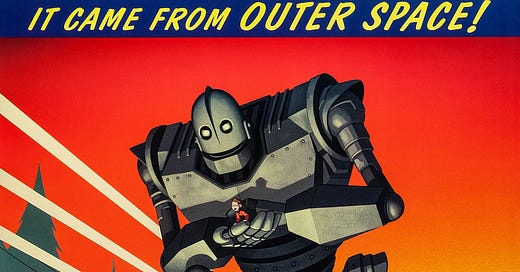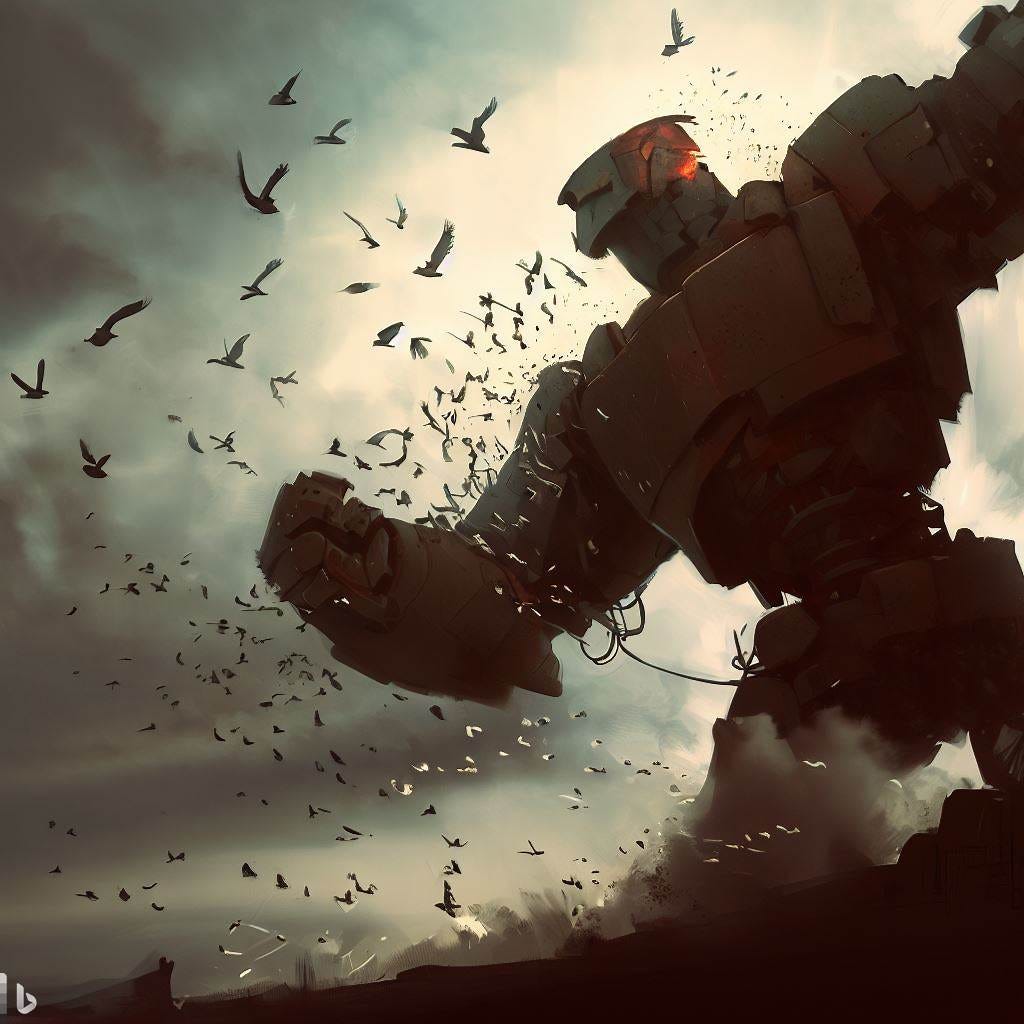The John K Hatedom and the Iron Giant
Explaining the origin of their irrational loathing for his criticism of the movie, and discovering nuanced meaning in the process
If you have participated in online discussions of John, you will be familiar with the curious obsession with the Iron Giant. People became incensed that he criticized the look of the movie - even though it looks the same as 8 Crazy Nights and they don't care about the art of that.
Clearly the reason why they're upset is not the one they say. The Iron Giant posits a sort of analogy for their life. In part this is accidental, as the executives got rid of a scene showing Iron Giants destroying worlds, thereby ruining the title character's story in the movie. People in today's animation view executives as their parents, and this gives a reason why: “this is just like my life, so loving!” Subversion isn't Love, whether it's your own subverted life or a subverted movie.
The resulting movie is about identity death, which is why people in the industry love it so much but the general public doesn't really care about it. As I look up emails from my messaging campaign, it looks like I see the same people over and over. It's like Male A, B, C, Female A, B, C, with some minority variants. Occasionally I see a person with an actual personality and generally skip them, I see things like they go to church, too.
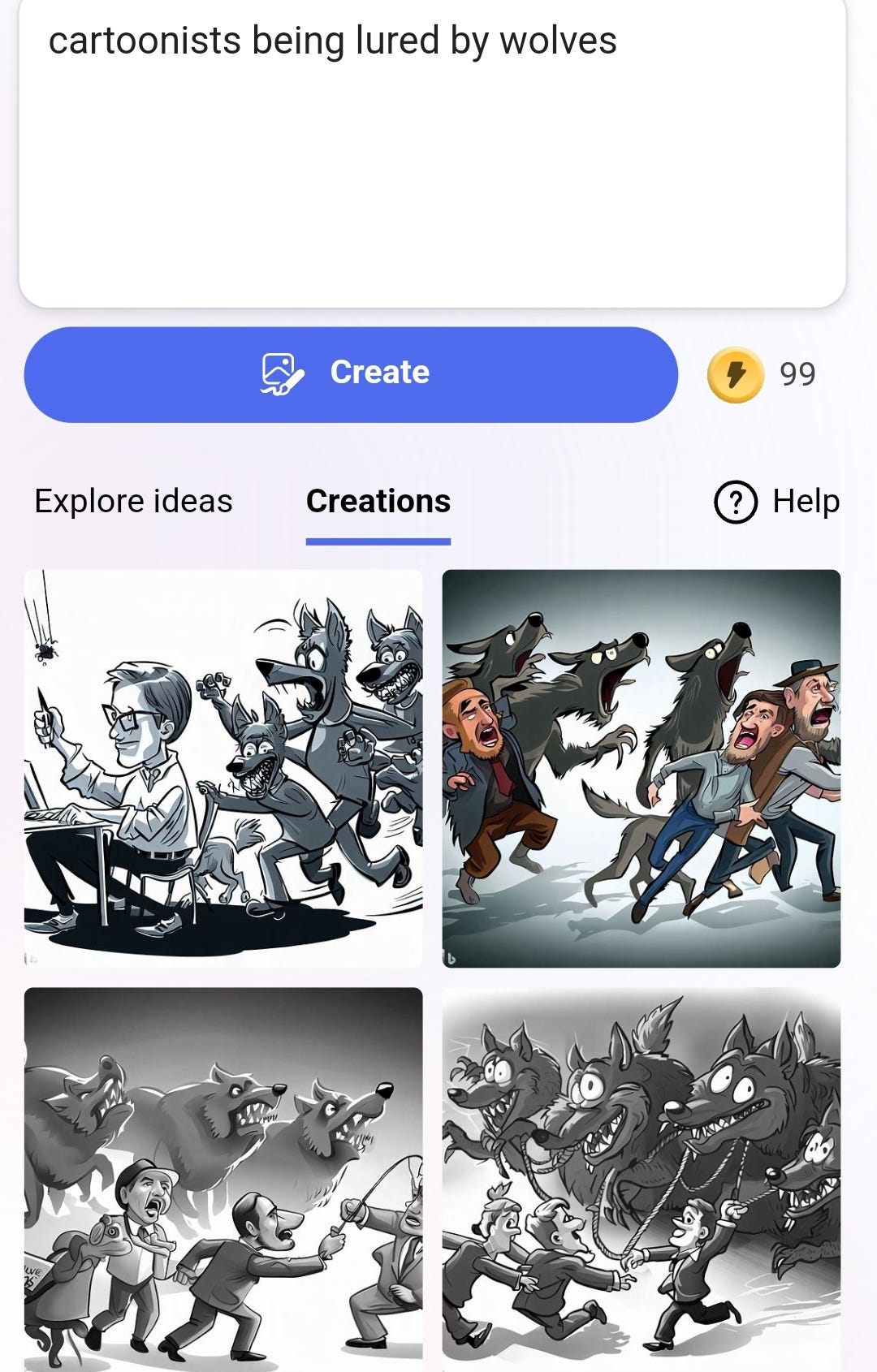
Hogarth's big line in the movie is “you are who you choose to be.” …No. You are what God made you. It resonates with industry people because they crafted fake industry personalities. And my messaging campaign rests on the fact that their God-made inherent identities will destroy their fake personalities as my campaign progresses.
The path to making a fake personality goes all the way back into childhood, which is why they were struck dumb by building up to introducing Birdman and then doing so. Birdman takes them back to childhood and is one of the black figures that defined their experience. The trickster governs childhood, the Birdman is the authority of childhood. An eerie silence comes after formerly receiving non-stop man-child noise wherever I discuss animation.

Hogarth says “You are not a gun”, but he literally is a gun. There's a fumbled meaning here of choosing to be something other than a destroyer of worlds clearly summarized in being like Superman, but it's not written well. That's why it's a bad movie.
And so its fans choose to give up their God-created design, denying their own personal faculties and their clear purposes. A product of mushy culture that led to the lgbtq movement, there are also individual faculties. The group personalities of the industry are childish, and so they lack the ability to make cartoons out of the lack of their individual development.

Superman is a heroic combatant in choosing to make his incredible power serve only the good. So too does The Iron Giant have power beyond everything upon the Earth, but the story does not emphasize his heroism. Instead it emphasizes the mangling of his own identity, indeed he can be read to have psychological disabilities as a consequence. I don't think this was intentional by Brad Bird, but that reading was loud in the souls of its industry fans.
This symbolism extends to Hogarth who does not have much of a personality, which brings us to the reason why John made industry people so mad by criticizing this movie, including back when they were trying to get an animation job. The Iron Giant can symbolize Hogarth's unrealized masculinity. He seeks to hide him and teach him to get along without destroying things. Due to the narrative of identity death, Hogarth trying to create a cuddly masculinity explains his lack of personality.

John Kricfalusi stood Strong by his own individuality, his personality, his masculinity. He went into the industry insisting to make cartoons like they used to be, even confronting in a nice way some of his idols Hanna-Barbera and their higher-ups. He didn't cast off his “Iron Giant”, he subsumed him into his soul, and destroyed many bad things in the process.
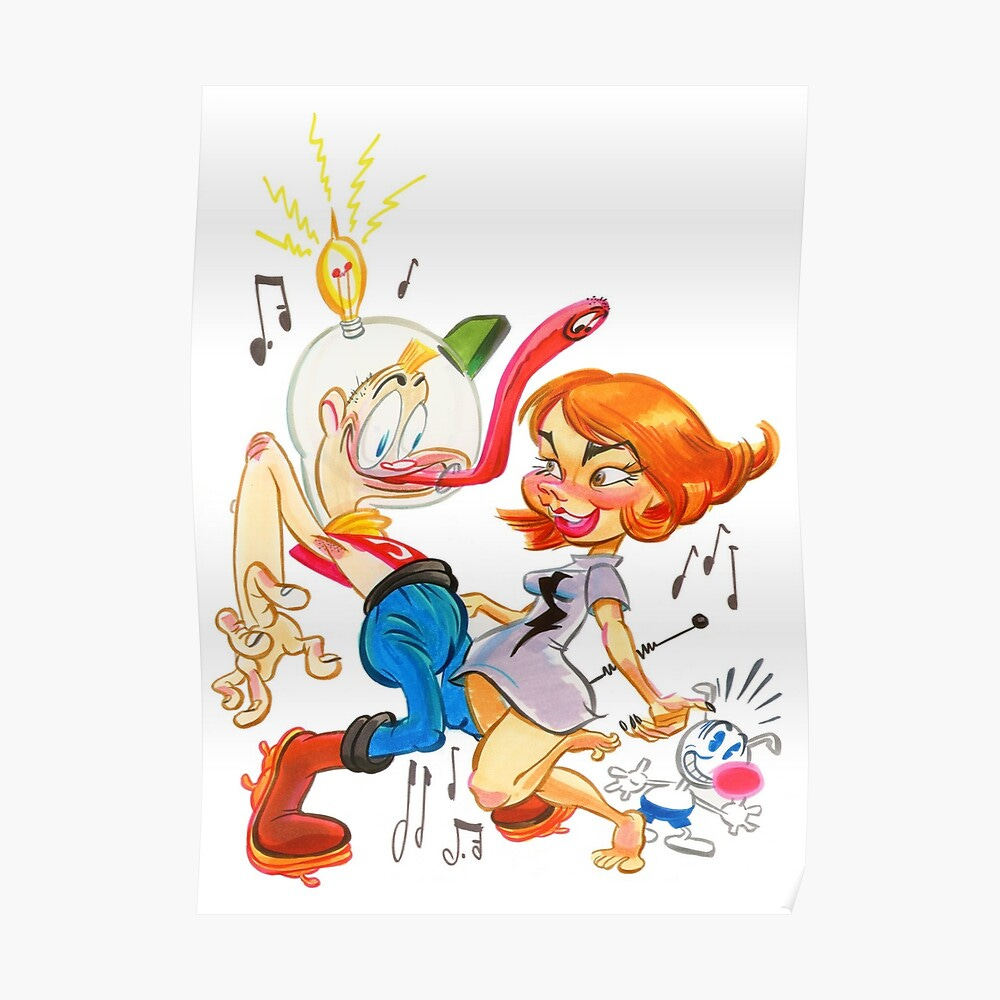
The significance of this Iron Giant motif is given context from my previous articles. The Birdman is an incredibly masculine human, who establishes an existence in the Cosmos, a place normal humans cannot handle. And the true potential of masculinity develops into an incredible array of potential powers, which can be symbolized in various great anime, The fast and furious series, and other things. People know they have the potential to “yank helicopters around” like The Rock if they go hard enough, which is a pretty Iron Giant thing to do.
And so the majority animation people complained incessantly about John's masculinity, trying to make it look as bad as possible, ironically acting like the villains of The Iron Giant.
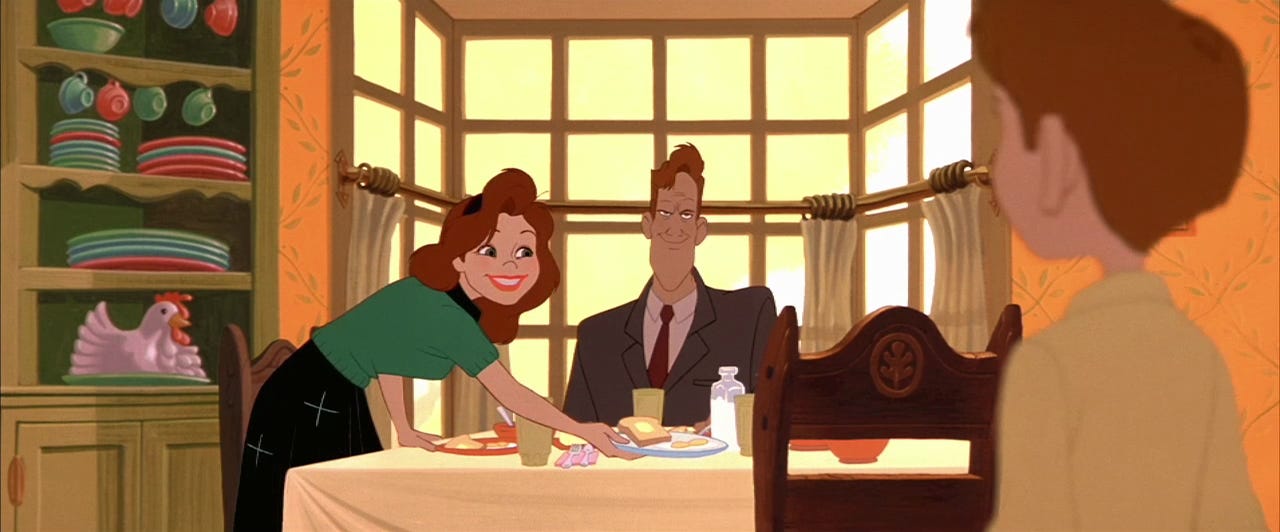
Mansley provides evidence that this narrative about masculinity was intended by Brad Bird, hence his name. But what Brad originally wanted is unclear. Mansley polices Hogarth and the threatening symbol of his masculinity.
The Birdman is associated with cultural change including cultural destruction. John destroyed many things over the course of his career. Indeed, some of his haters seem to have a childhood grudge about him destroying the legacy of inferior works like by Filmation, which they symbolized as complaining about the “grossout cartoon” trend. Intentionally distorting his real trends about friendship and other things, as was distorted in Steven Universe, to avoid how good his real accomplishments look.
The slate of weapons contained in the Iron Giant each symbolize a different masculine power, like within culture. He can withdraw all these powers to gently interact with a child, showing the softer side of masculinity. Brad Bird was onto something here but it wasn't fully realized or conscious. I prefer the Iron Giant's depiction in Ready Player One, as it is simply more proper.
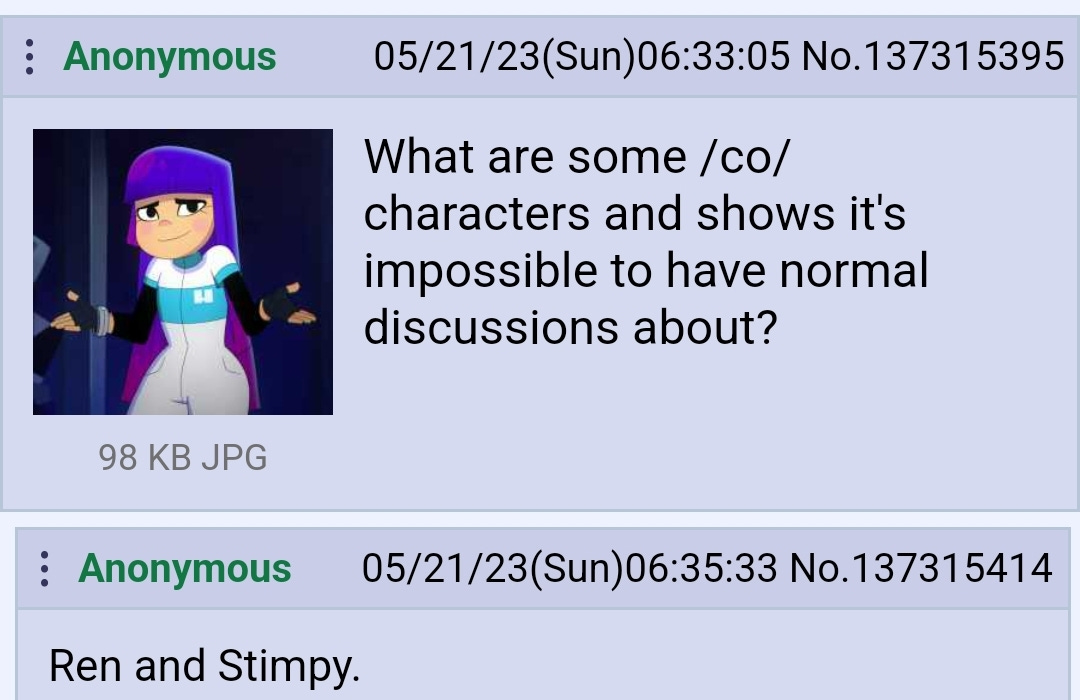
There was indeed a choice to make, but it was not for inherent Identity or physical makeup, it was for one's character. In the childhood of John, opposed others in the animation industry of his generation, and his haters they had a choice to make of the kind of animation participant they wanted to be. John chose “The Iron Giant”, and the others chose to let “Mansley” destroy it, eliminating their intimidating potential. Mansley can symbolize Society and its parts like the government, public school, industry status quo, etc
And so now they are who they chose to be. They saw John as dangerous, me and John saw them as creeps who harm kids.
Naturally their attitude about John transferred to me, indeed they were actually speaking of me many times when they spoke of John after I made my impact, changing the identity they ascribed to him. And so they came after me like the US Army at the end of my Revolution, even as they started to realize their mistake on some level.
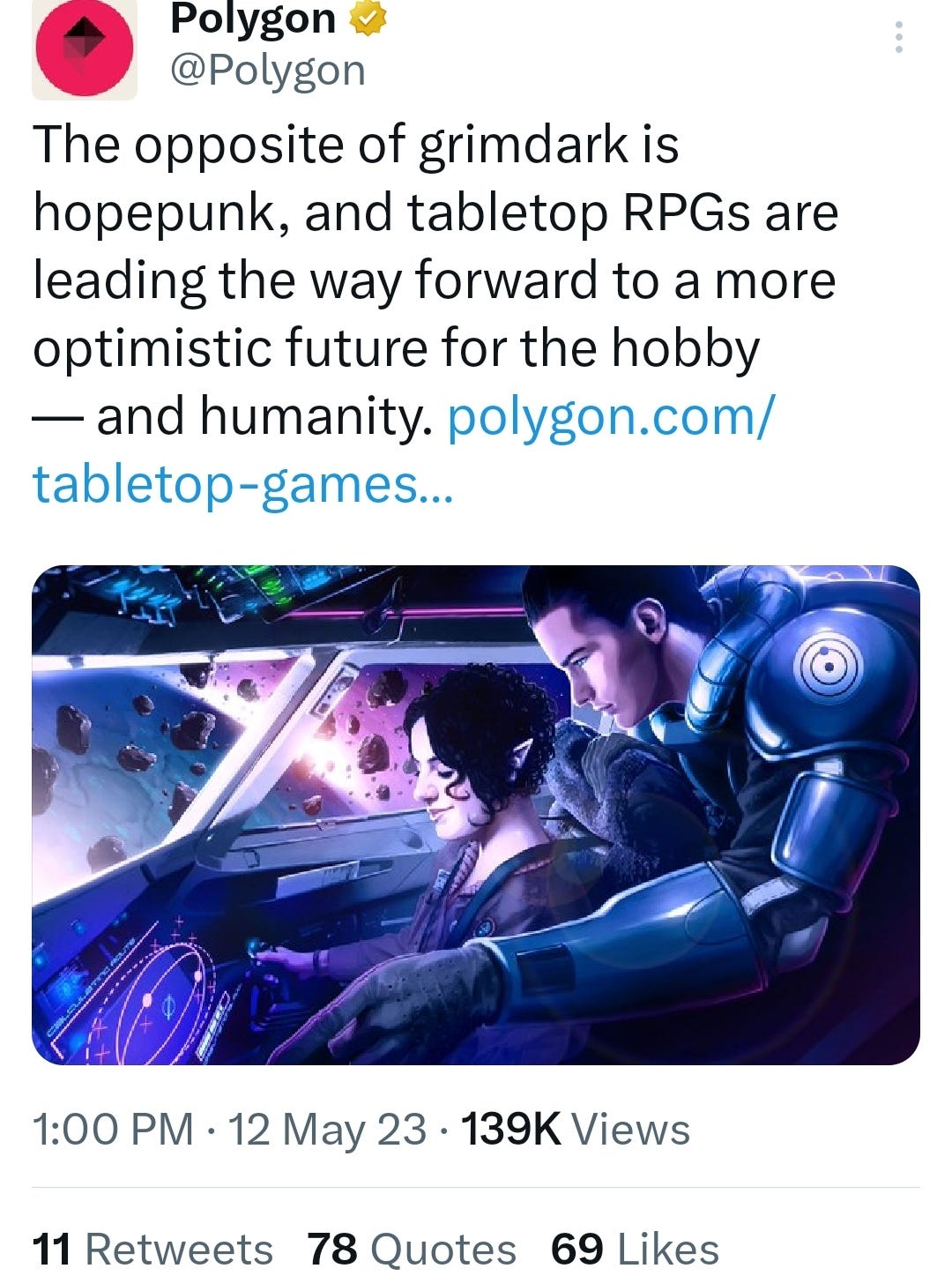
“Where's the Giant Mansley?” Is an iconic line from the movie, used for /co/ OPs many times over the years. Of course the giant was on /co/. The giant was also in other things like Tumblr, the projects of artists like Rebecca sugar and Dana Terrace, the art instruction and critique community, and many other things. The giant was my masculinity and it needed to sacrifice itself for the sake of the future, causing things like various girls losing respect for me.
The symbol for the clash between the Iron Giant and mansley is the impact a fully empowered masculinity for our time can have on society. And the climax is mansley refusing to see that the Iron Giant has “joined Society”. The Iron Giant needs to give up what he can contribute to this society, which you can see on the non-symbolic level as developing technology from the contents of his robotic anatomy.
Mansley sought to protect his Nation but only diminished it. An ironic fate that's a good ending, but I'm the only one who could have seen it.
In the tens the change in the attitudes of the animation community can be seen as realizing they were Mansley after all, that just because I disregarded the actual movie that was made doesn't mean I saw no significance to it. They tried to honor faintly the things I was trying to do in the ruins of my Iron Giant, and after a couple years this was coopted for things like Homestuck.
Eventually they distorted the black memory of myself with assistance from things like Homestuck to go back to hating me, but after languishing in reflections of my childhood my “Iron Giant” has reassembled himself like at the last scene, ready to bust them.
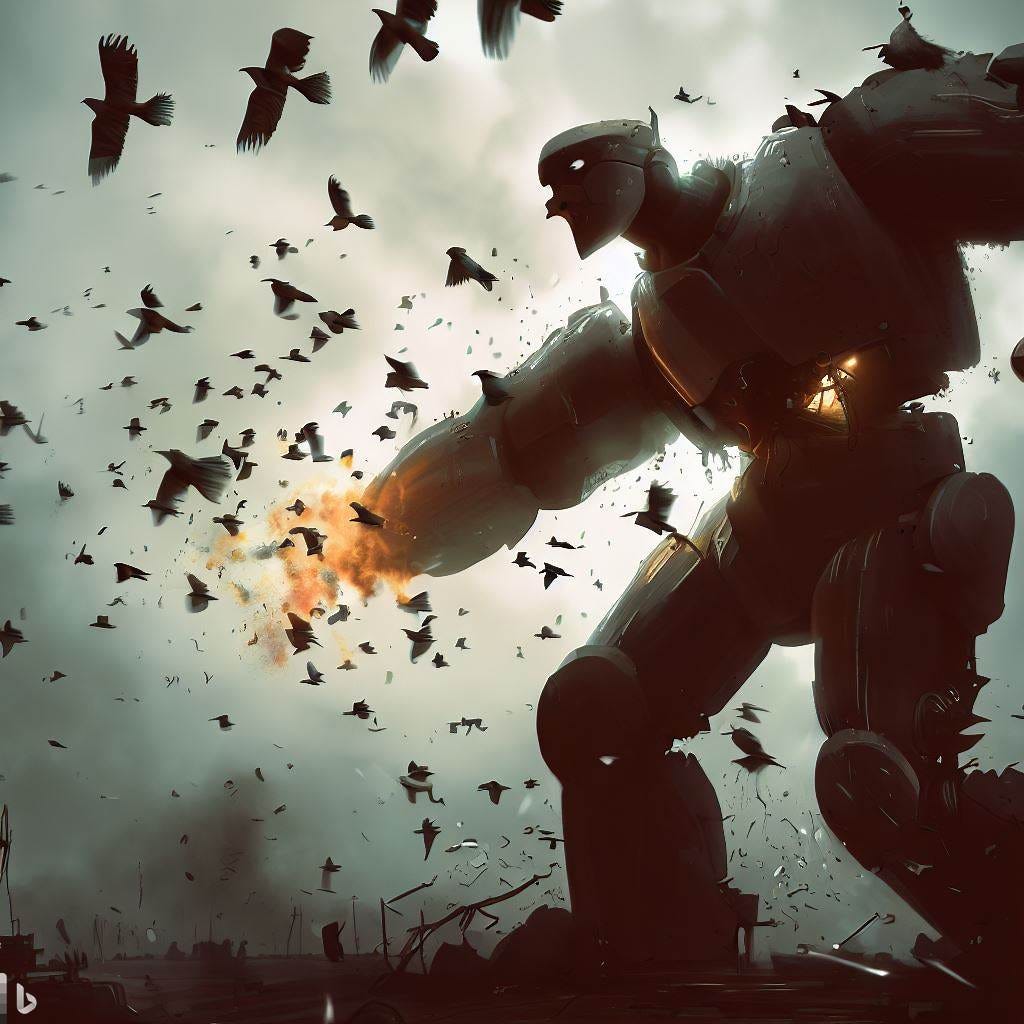
Many times during the initial stages of my initiative I rather resemble the Iron Giant threatening to activate, slipping into an automatic threat-assessment and response mode. My many powers have been triggered by people refusing to heed my story, leading to a deluge of messaging.
One of the reasons why my animation opponents did not listen is simple jealousy. They chose not to develop their masculinity and confront Society with it, and so they childishly expect this power to be good enough for me. They preferred the reading of The Iron Giant being about identity death, and despised the “Willy Wonka golden ticket” of being the one kid who saw Mansley represented identity death for the sake of conforming to authority.
In the aftermath of my Revolution their narrative about John distorted bizarrely, conveying that he is displeasing to the Birdman and other black figures by obsessing over deadlines and some other things. Dates and other timing are important to the black domain as you can see from my articles, they are important to decoding meaning through Black Mathematics, but in our fallen world it's not something to focus on
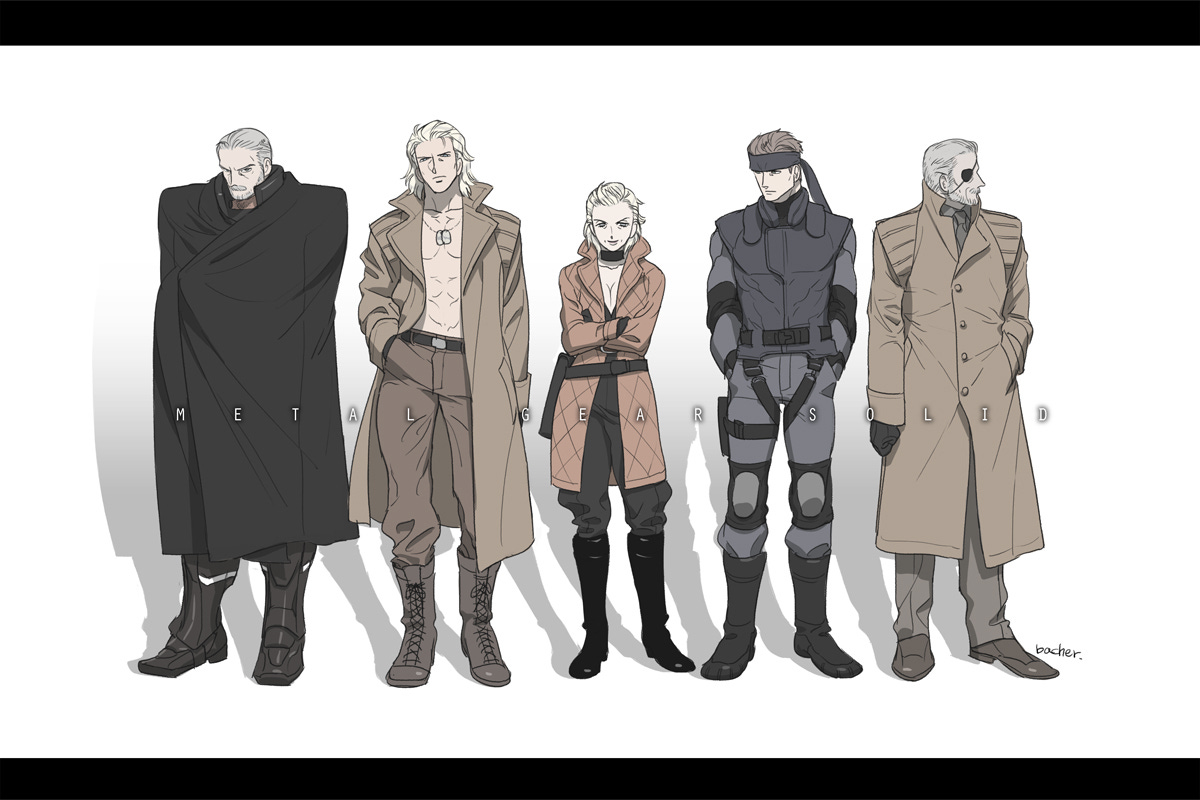
John mocking Hogarth's personability was infuriating for animation people as they are not themselves likeable unless you need to get along with them to enter the industry, usually becoming just like them in the process. The careful reader who was not on Santa's naughty list during childhood can find an alternate meaning

